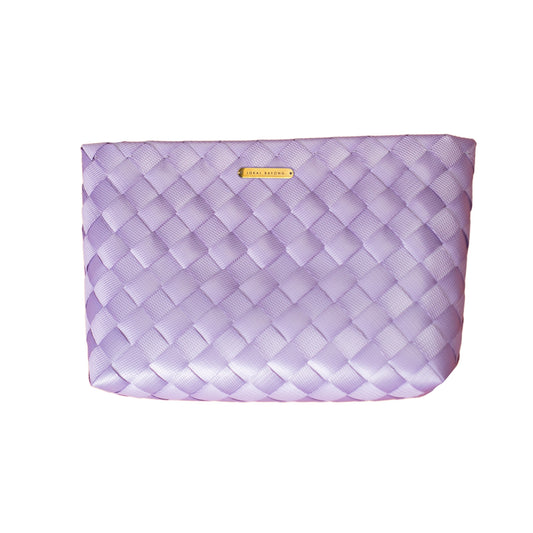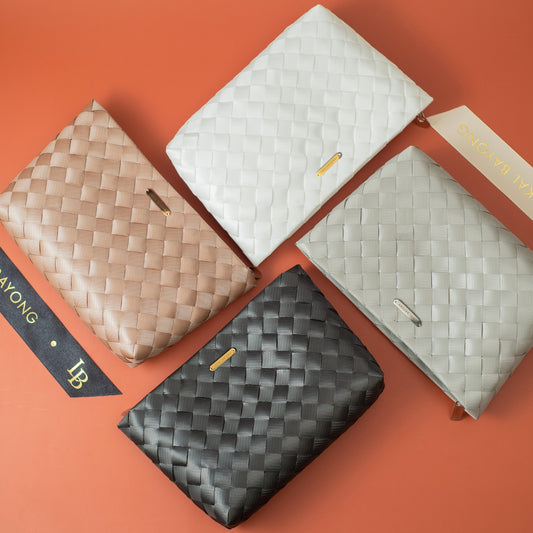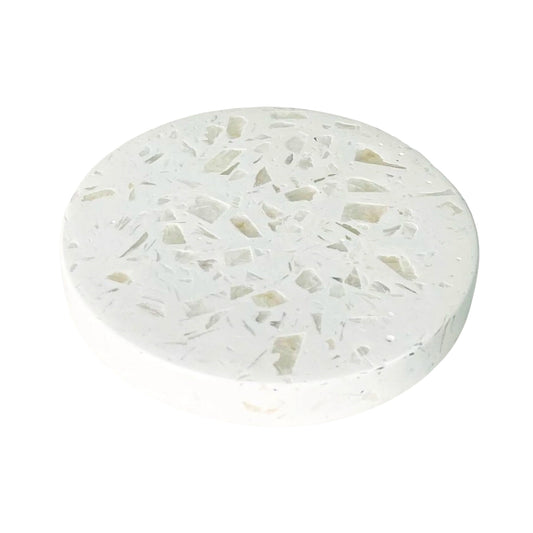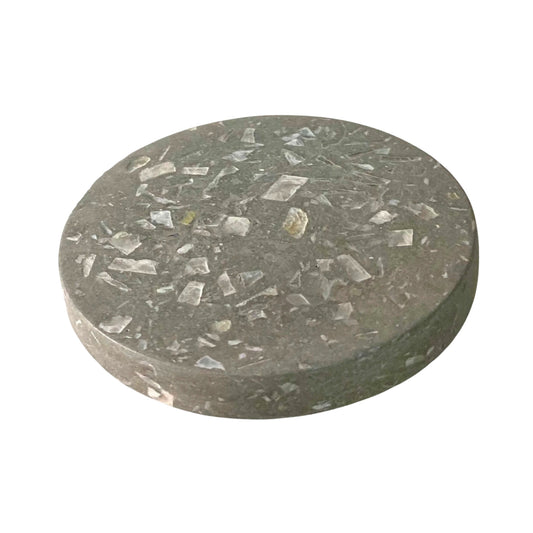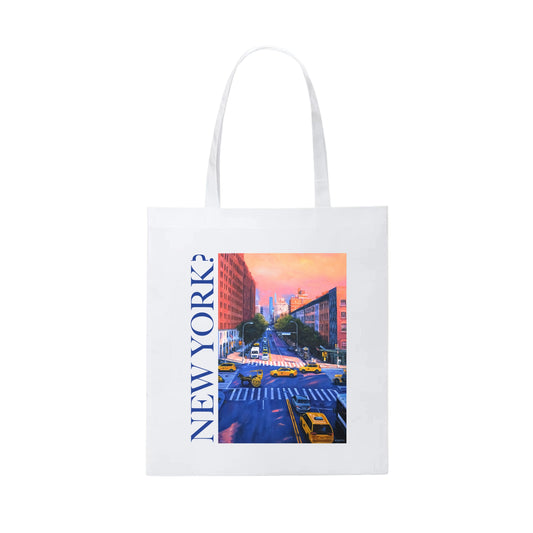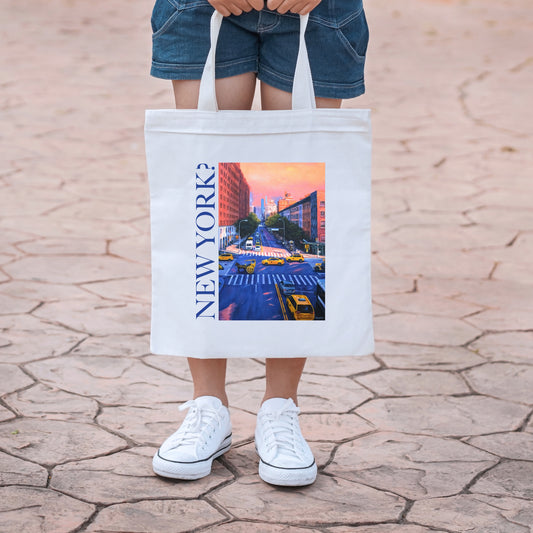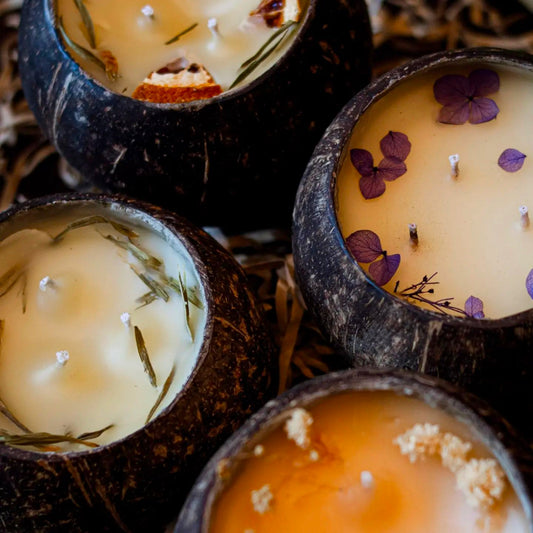A dynamic hub combining a resource center, living library, and artisanal workshop in one space.
Pride-of-place, a term cherished by cultural workers and academics, is used to encapsulate the unique cultural features that distinguish a locale, placing it on the map and adding to the rich tapestry of the national story.
The Champagne region in France, renowned for its iconic libation, has enacted laws to protect the authenticity of their craft by allowing the use of their name only for spirits produced within the region. Similar measures are in place for Parmigiano Reggiano from Parma, Italy, to differentiate it from supermarket parmesan and uphold its unique quality and heritage.
In the Philippines, when it comes to shoes, Marikina City is often at the forefront of anyone's mind. While the legal framework may not be as strict as the European Union's regulations for wine and cheese, there is still a strong sense of 'pride of place' and ample potential for similar developments as seen in the developed world.
Memory lane

Like reputation, culture is not static. It can either adapt to changing trends or be forgotten over time.
There was a time when traditional tattooing methods in the Cordillera hinterlands north of Manila were at risk of being lost as young locals, descendants of warrior clans now pacified by modernity, were considering moving to the lowlands to work in call centers.
Enter Apo Whang-od, who has become a media darling, as she brought international attention to such dying craft. Her efforts sparked widespread interest and subsequent demand, leading to its revival and saving it from obscurity.
While tattoos were originally given to warriors based on their kills, locals – young Cordillerans especially – now take the craft up again, reinterpreting what it means to be a warrior in a globalized age.
Within Metropolitan Manila, a similar story is taking place in Marikina, a walkable, bikeable, treelined locale where a river cuts through a valley. Here, there are few high-rises, and many small businesses.
The city often comes alive with activity with students rehearsing dances across City Hall, while their fathers, uncles, and grandpas would engage in friendly games of chess at benches in various parks. Meanwhile, their mothers, aunts, and grandmas start their day early with invigorating Zumba sessions and communal breakfasts, all thus creating a vibrant tapestry of community life.
Enter Ester Santa Ana, Zapateria Hub master artisan at 72, who’s been making shoes since she was 16. Today, she has become one of the core members of the hub, overseeing the crafting of shoe uppers on most days, and sharing her expertise through shoemaking workshops and tutorials on others.
Many of those who took part in the Hub’s workshops have become shoemakers themselves, starting their own bespoke brands. Many hail from as fair as Davao, Cebu, and Laguna.
As I entered the Hub on a warm March afternoon for our Likhaan interview, Hanna, their administrative manager, greeted me with a smile and immediately noticed the sneakers I was wearing, exclaiming, "They're one of our alumni!"
While clothes make the man, shoes make the difference. They are a resume on one’s feet.
- Rico Sta. Ana, Co-founder, Zapateria Hub
To be in Lola Ester's shoes is to be surrounded by shoes, reminiscing about a girlhood filled with the sounds of hammers and scissors, and the aroma of rice porridge and frying spring rolls amidst the bustling world of shoemaking.
This was Marikina in her youth, and it remains Marikina in her senior years. "I love shoes," she beams, "even today, shoes are still my craft."
She’ll reach – without the help of a stool – for raw leather at the cupboard over her desk in the morning, laugh and gossip with fellow artisans over Marikina noodles at lunch, then hover to the sewing machines in the afternoon.
Zapateria Hub is not just her workspace, it’s her community.
Sole Passion

In the popular consciousness of Filipinos, Marikina holds somewhat contradictory notions. On one hand, it is known as the de facto Shoe Capital of the Philippines, with a rich history of supplying not just Southeast Asia, but also the Americas and beyond during its peak in the 1950s and 60s. However, on the other hand, similar to the dying art of Cordillera tattoos, shoemaking in Marikina is perceived as a dying or endangered craft.
Glice Batulan, executive director of Zapateria, believes otherwise, expounding, "one of the things we often correct when holding workshops is the notion that the Marikina shoe industry is dying; after all, not only is it surviving but it’s also thriving."
She adds that in recent years, "there are more people interested in footwear, there are more people learning the craft, and there are more investors exploring potential in the shoe industry."
She firmly believes that while Marikina may not be able to compete with imported shoes made in semi-automated factories in terms of volume, the city's shoemaking industry and Filipino handcrafted craftsmanship as a whole, surpasses them in terms of value.
The real challenge, Batulan believes, is not the lack of people interested in shoemaking, but perceptions about how local fashion should be, confiding to Likhaan ArtZine that Filipino artisans often "encounter clients who ask why a product is less affordable or priced higher than what you’d usually see in the average market. It’s because of the craftsmanship that goes behind a handmade product."
Germany is a good example of this. They don’t produce as much cars, watches, and sound systems as the factory lines of other countries, but they do produce some of the highest quality and sturdiest custom-built variants of the above.
I once met a German audio company head visiting a Philippine audio expo. He told me that workers in his industry are paid enough for a middle-class lifestyle, their kids going to college, the family going on overseas trips in the summer.
Batulan believes the same, stating that "you have to understand that a handmade product is created by a person with years of experience and expertise, dedicating their time and energy to craft each piece. If you sold your services to someone, you wouldn’t want to be shortchanged, the same applies to shoemakers."
Marikina, and the Philippines by extension, could be the same.
Close Ties, Open Hands

Zapateria Hub was co-founded in 2017 by father-daughter tandem Rico and Unyx Sta. Ana, respectively of the 4th and 5th generations of one of Marikina’s most prominent shoemaking families.
One of the city's major avenues is named after them, cutting through the heritage district. Instead of creating another product line, they aimed to build, as their name implies, a knowledge base and learning center.
Zapateria master artisan Tatay Eddie describes that he "wants to teach, share, and pass knowledge on. I won't keep my know-how secret because when I was young, many shoemakers shared their knowledge with me."
His childhood was much like Nanay Ester’s, and he also recalls that shoemaking was truly a homemade, family affair. Back then, each house was known for a particular style of shoe. In his late teens and early 20s, he went from house to house to learn different techniques and styles.
"Footwear is more than just something that we make, but something that we use as a channel for our advocacy," Batulan expounds, stating that Zapateria’s mission is to "serve as a bridge of shoemaking to the next generation, a handmade, proudly Filipino heritage."
The Hub generously shares their knowledge, and master Filipino artists like Nanay Ester and Tatay Eddie not only make shoes, but also teach shoemaking to anyone who wants to learn.
They see it as community-building, not competition. No single person or brand can lay claim to the process of shoemaking after all.
Zapateria doesn't aspire to be The Hub, but rather, A Hub, generously sharing knowledge and nurturing creators who become the medium, not just the source, of a century-old legacy.



